Browse By Region

Browse By Type
Browse By Date Range
Library
By Region: North America
Combating Terrorism: Considerations for Investing Resources in Chemical and Biological Preparedness
Testimony Before the Committee on Governmental Affairs, U.S. Senate. Statement of Henry L. Hinton, Jr. Managing Director, Defense Capabilities and Management.
- April 6, 2012
- | Filed under North America, Report, and 2001-2025
Combating Terrorism: Assessing the Threat of Biological Terrorism
Testimony presented before the Subcommittee on National Security, Veterans Affairs, and International Relations, Committee on Government Reform U.S. House of Representatives on October 12, 2001.
- April 6, 2012
- | Filed under North America, Other, and 2001-2025
Bioterrorism as a Public Health Threat
The threat of bioterrorism, long ignored and denied, has heightened over the past few years. Recent events in Iraq, Japan, and Russia cast an ominous shadow. Two candidate agents are of special concern: smallpox and anthrax. The magnitude of the problems and the gravity of the scenarios associated with release of these organisms have been Read More »
- April 6, 2012
- | Filed under North America, Commentary, and 1976-2000
Fact Sheet – Biological
Biological agents are organisms or toxins that can kill or incapacitate people, livestock and crops. The three basic groups of biological agents that would likely be used as weapons are bacteria, viruses and toxins. Most biological agents are difficult to grow and maintain. Many break down quickly when exposed to sunlight and other environmental factors, Read More »
- April 6, 2012
- | Filed under North America, Report, and 2001-2025




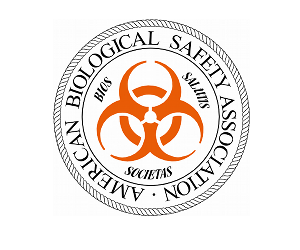
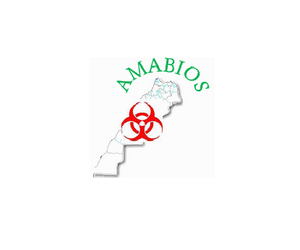



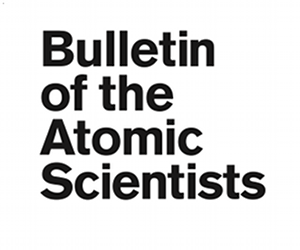
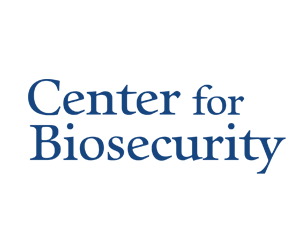
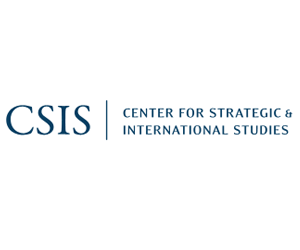



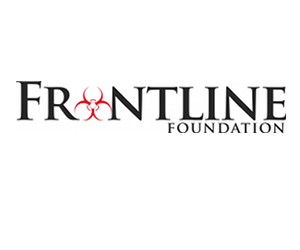





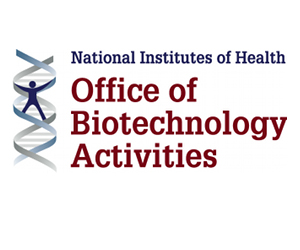






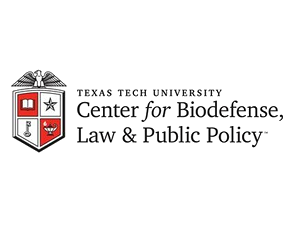
Bioterrorism as a Public Health Threat
In addition to meeting the continuing threat of new and reemerging infectious diseases, public health officials must also prepare for the possible use of infectious agents as weapons by terrorists to further personal or political agendas. These were the conclusions of session panelists Scott Lillibridge, Centers for Disease Control and Prevention (CDC); Michael Skeels, Oregon Read More »
View Document